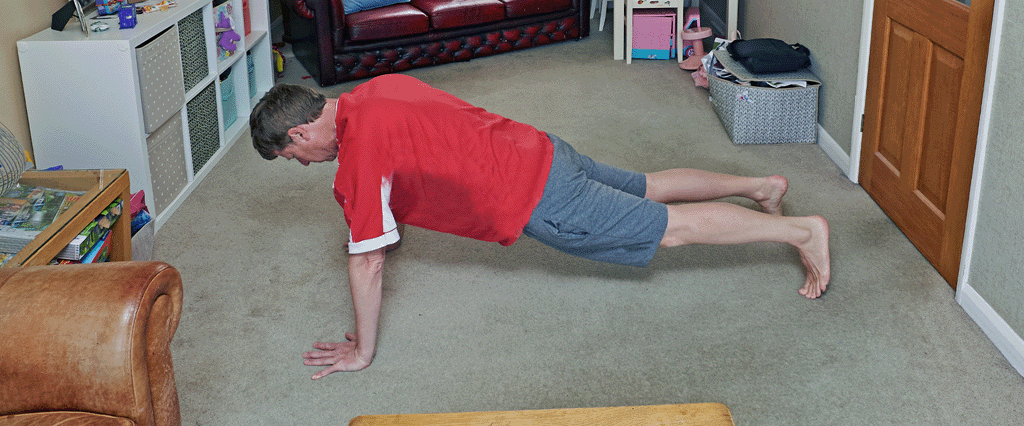Your formative years would never have been the same without the push-up. Long before any of us had access to other metrics for testing our adolescent strength, hitting the ground and cranking out as many push-up repetitions as we could muster was usually as good as it got.
“How many push-ups can you do?” was the pre-high-school version of “How much can you bench?” We were wedded to the idea that push-ups were a top-notch means of determining relative strength, and we couldn’t think through the myriad reasons why someone who was ostensibly stronger by all other metrics — including the eyeball test — would be incapable of pumping out fewer push-ups than someone far smaller. We just weren’t yet prepared to account for factors like the distance of the hands from one another, the length of the person’s arms, the total weight of the individual or whether or not the exercise was performed throughout its full range of motion.
Even now, push-up completion is mandatory in middle school gym classes, in training programs for nearly all high school sports teams and for inclusion in all branches of the military, and many firefighting and police academies.
Why did the push-up become such a big deal?
The push-up first began to be referenced with regularity in U.S. newspapers in the early 1890s, and the number of push-ups it would take to raise eyebrows increased dramatically as the popularity of the push-up spread. In 1895, John Wesley Cross was considered a strongman worthy of substantial coverage in the The Brooklyn Citizen due to his ability to record 35 push-ups in competition, although he professed that he was able to perform as many as 42 push-ups in his practice sessions. By 1943, an average American paratrooper was supposedly able to do 33 in a row.
Within 50 years, a push-up tally in the mid-30s went from a feat worthy of substantial press coverage to a deed expected of every elite U.S. soldier. Nearly 80 years later, failure to record at least 50 push-ups in a row will get you axed from the Navy Seals. In order to be considered competitive, you need to do at least 80.
What does the push-up even do that has us so trusting in its performance-assessment capabilities?
The push-up is the most basic bodyweight fitness tool in the arsenal of most people. It’s a highly practical and reliable measure of your ability to control your own body and move it through space, as opposed to an exercise like the bench press, which requires you to control a remote source of weight and move that through space while your body remains stationary.
Not to mention, no matter how many of your fancy (and often expensive) exercise toys you might find yourself deprived of, the floor is always free.
In terms of getting yoked, push-ups are of primary benefit to the muscles of your chest and triceps, and of secondary benefit to your shoulders (the front deltoids) and abdominals. The act of bracing with your body as you maintain the optimal push-up position works the identical muscles as the plank. Therefore, the push-up lives up to its reputation as a holistic means for gauging upper-body strength and endurance. If you’ve been spending too much time isolating the muscles of your chest and neglecting the stabilizing muscles in your midsection, push-ups will quickly diagnose that shortcoming if you find your body breaking down and failing you after 12 push-ups, despite the fact that you can easily bench press 400 pounds.
Also, your push-up routine can be conveniently tailored to alter where the physical fatigue is distributed by changing the positioning of your hands (inward placement puts more of an emphasis on the triceps), by adjusting the position of your feet (elevation of the feet accentuates the work done by the upper chest) or by altering the pace and cadence of the movement.
It sounds like the push-up is the only exercise I’ll ever need!
Slow down, pal!
There’s no question the push-up is a solid starting point, and a very good way to test the efficiency of the muscles in your upper body. However, there are far more effective ways to train most of the other other muscle groups in your body. That also goes for the chest if you want to isolate it and train it without the rest of your muscle groups either contributing to, or detracting from, your overall effort.

